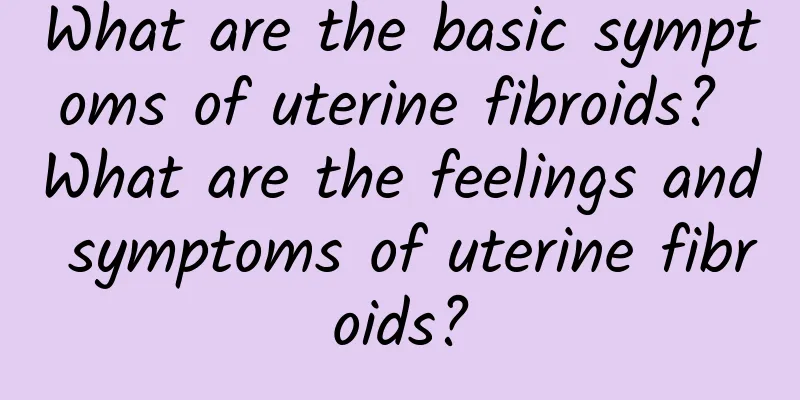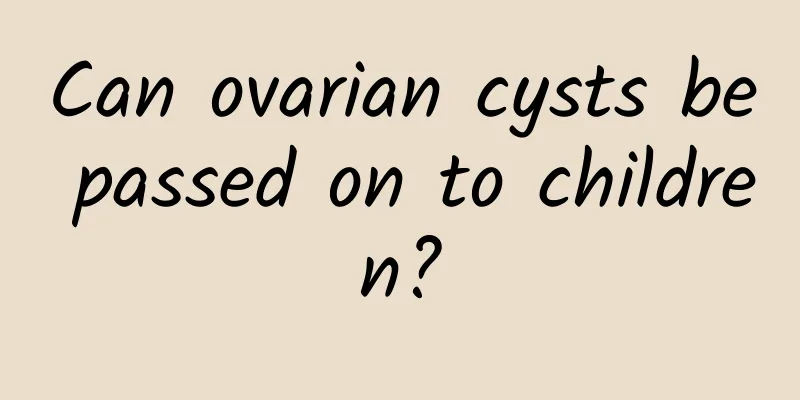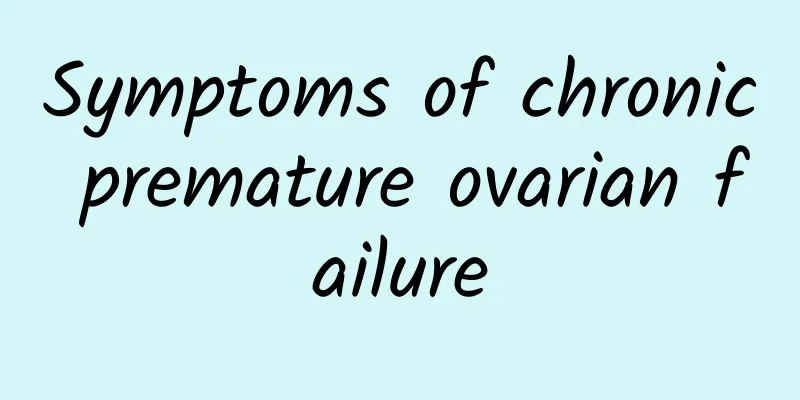Is cervical precancerous lesion cancer?

|
Everyone must be familiar with cervical cancer. So, is cervical precancerous lesion cancer? Cervical precancerous lesion refers to the lesion that occurs in the area before cancer occurs and thus causes cancer. Cervical precancerous lesion is atypical hyperplasia of the cervix. So, is cervical precancerous lesion cancer? ●Cervical precancerous lesions (CIN) occur in women who have sexual activities. Most cervical diseases can be detected and treated at the precancerous lesion stage through liquid-based cytology testing (TCT). ●The diagnosis of cervical disease requires a three-pronged approach using TCT, HPV testing, and colposcopy. Colposcopy is not the first choice. "Doctor, isn't my cervix smooth? Isn't smooth normal? Why do you write that you are not satisfied with the colposcopy image? Did I do it in vain? I don't have cancer, do I?" "Doctor, do I need to do cervical screening if my cervical erosion is serious?" "Doctor, what does my CIN2-3 test result mean? The Internet says that CIN is a precancerous lesion, so is my CIN2-3 cancer?" Gynecologists encounter patients who do cervical screening almost every day, and they come to ask questions with the report. However, many patients have many cognitive misunderstandings about cervical diseases, or even know nothing about them. Do you know how to read the cervical screening report? What are the "specified actions" that must be done in the cervical screening program? What inspection orders cannot be wrong? The reporter invited cervical specialist clinic experts to answer your questions one by one. Cervical intraepithelial neoplasia (CIN) is not cancer "What does my test result CIN2-3 mean?" 26-year-old Xiaolan asked the doctor nervously while holding the cervical biopsy pathology results. "The Internet said that CIN is a precancerous lesion. Is my CIN2-3 cancer?" "CIN can be treated, it is not cancer!" The expert said that fortunately Xiaolan had a cervical screening and found the existing precancerous lesions early, otherwise it would be too late to wait until the body was abnormal. "Xiaolan needs to have a cervical conization surgery. The surgery is only a local removal of the cervix, which will not affect fertility. Most people will get better after treatment. But a small number of people will have residual or recurrence after surgery, so regular check-ups are required." According to the expert, "CIN" is the abbreviation of "cervical intraepithelial neoplasia", which can be commonly referred to as "cervical precancerous lesions", which occur in women who have sexual life. "Cervical intraepithelial neoplasia is not cancer, but it is closely related to cervical cancer." She introduced that CIN is usually divided into three levels, CIN1, 2, and 3. Strictly speaking, CIN1 is not a precancerous lesion. About 70% of CIN1 will disappear naturally, while CIN2 and 3 have a much greater chance of developing into cervical cancer than CIN1, so they are also called precancerous lesions. "Cervical cancer is the only gynecological tumor that can be detected and prevented early through physical examinations. As long as you pay attention to regular cervical screening, most of them can be found and treated at the precancerous lesion (CIN) stage." The expert said that the treatment of precancerous lesions does not require hysterectomy and does not have much impact on future fertility. Two out of ten sexually active women are infected with HPV Xiaolan was confused: "Why did I get this disease? I'm not married and I don't have children, and my cervical erosion is not serious!" After asking, the doctor learned that Xiaolan started having sex at the age of 20 and has had 3 boyfriends so far. Her test report showed: "TCT: LSIL (CIN1), HSIL is not excluded; HPV high-risk gene type 16 (+)". Experts say that having multiple sexual partners greatly increases the chances of infection and persistence of the virus. HPV16 infection should be the main cause of her illness. Experts say that HPV is human papillomavirus, and cervical cancer is caused by HPV infection. About 20% of sexually active women will be infected with HPV. Generally, there will be no discomfort after infection, and most infections will naturally subside within six months to a year, but a small number of persistent viruses can cause cervical lesions and even cancer. "Cervical cancer is one of the few tumors with a clear cause. More than 90% of cervical cancers are accompanied by HPV infection. It can be said that HPV infection is the culprit of cervical cancer." |
<<: Is cervical precancerous lesion cervical cancer?
>>: Introduce some issues about cervical precancerous lesions
Recommend
3 types of dysfunctional uterine bleeding
Functional uterine bleeding is mainly caused by a...
To strengthen your knees and waist, lower your posture first to exercise your thigh muscles
Pain is a common problem in the waist, neck, knee...
Dietary guidance for cervical precancerous lesions
The treatment of cervical precancerous lesions is...
How to treat severe cervical erosion? 3 treatments for severe cervical erosion
Severe cervical erosion must receive professional...
Threatened abortion regular hospital
Everyone wants to choose the best hospital when t...
Uterine fibroids can only be treated surgically. What are the treatments for uterine fibroids?
Uterine fibroids are a relatively common gynecolo...
What are the common early symptoms of cervical erosion?
Cervical erosion generally has no obvious symptom...
Does ovulation bleeding mean that ovulation has occurred?
Ovulation bleeding is a phenomenon that some wome...
Analyze and understand the early symptoms of uterine fibroids
If uterine fibroids are not treated in time, they...
Body Shaping Tutorial - Lower Body Swelling Savior (Part 2)
Would it be too greedy to want to slim down your ...
Some patients may experience bleeding after vaginal medication. What is the reason?
Vaginal bleeding after medication may be caused b...
Get your slim waist back! Strengthen the plate to thin the tenderloin
Recalling the days when I was young and could eat...
What are the treatments for chronic cervicitis?
Chronic cervicitis belongs to the category of &qu...
Don’t eat fatty food during the Mid-Autumn Festival barbecue, antioxidant foods are essential! 3 tips to make barbecue healthier
Barbecue is the highlight of the Mid-Autumn Festi...
What are the symptoms of candidiasis vaginitis
If you suspect you have candidiasis, you should s...









